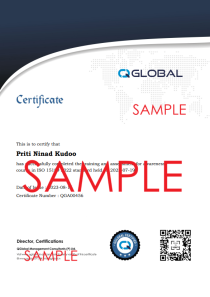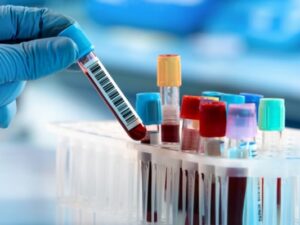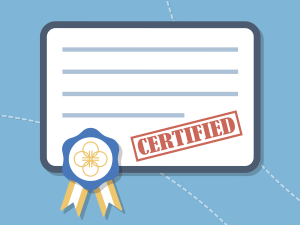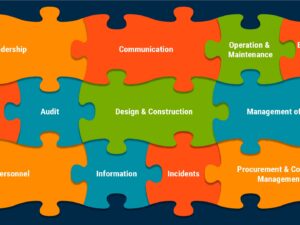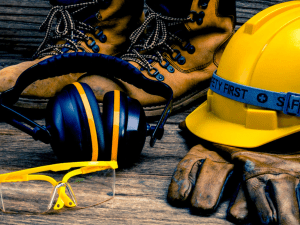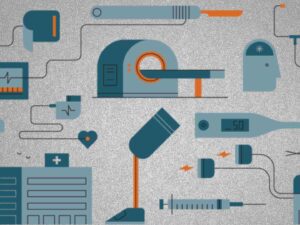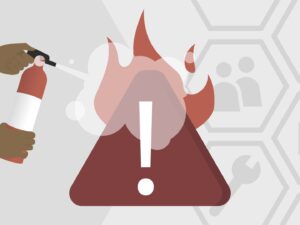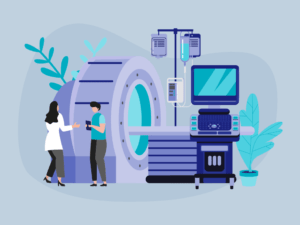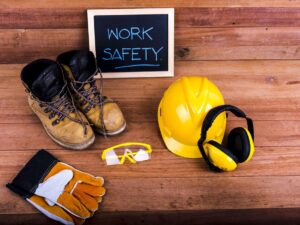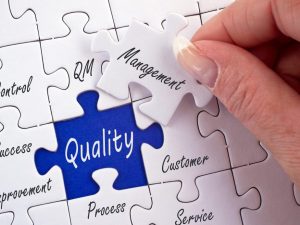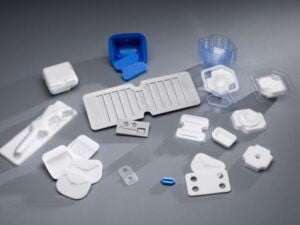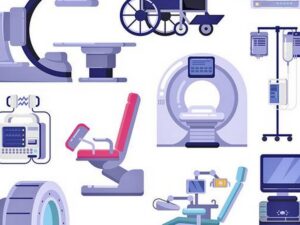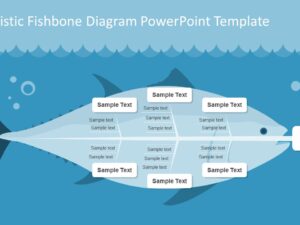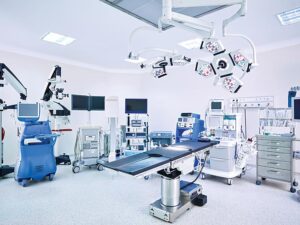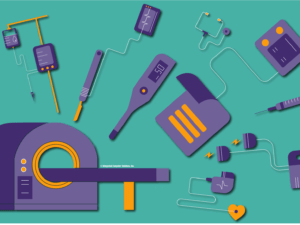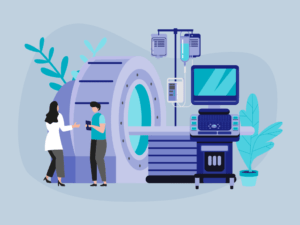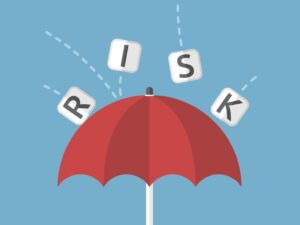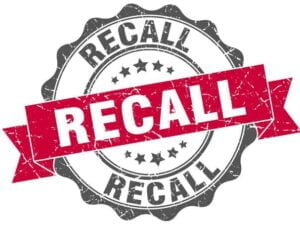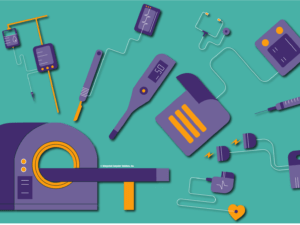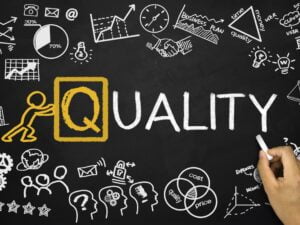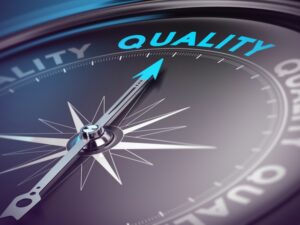Biomedical Medical Equipment Management - Awareness Course
- Description
- Curriculum

Medical Equipment is a core asset for any healthcare facility. To ensure medical equipment is safe and effective there is a need to understand its associated management methodology. This course aims to teach you the typical life cycle approach for medical equipment management in terms of processes and applications.
Who Should Attend?
- Biomedical engineers, professionals and students
- Any one working in healthcare facilities
- Doctors and nurses
- Maintenance personnel
- Purchase personnel
- Equipment service personnel
- Quality managers and technical managers in healthcare facilities
- Quality & regulatory professionals
- Complaint handling personnel in healthcare facilities
- Anyone involved in the design, development, manufacturing, distribution, trading, sales or marketing of biomedical equipments
Key Benefits
- Learn the techniques in planning and acquisition of biomedical equipment
- Understand delivery and incoming inspection requirements
- Learn to manage inventory and documentation
- Learn installation and commissioning techniques
- Understand user training requirements
- Learn best practices for monitoring of performance of biomedical equipment
- Learn to manage preventive and break down maintenance
- Know replacement and disposal techniques
- Learn to develop calibration plan
- Understand Fennigkoh and Smith model for biomedical equipment management
- Learn to implement infection control practices for biomedical equipment
- Learn about the common communication requirements
- Understand the regulatory requirements in procuring and use of biomedical equipment
- Learn to develop effective Standard Operating Procedures (SOPs) for managing biomedical equipment
- Learn to assign roles and responsibilities for biomedical equipment
- Learn the documentation and record keeping practices
- Develop employee training plan
- Learn the inspection and verification techniques
- Learn to identify and mitigate risks associated in procurement , usage and disposal of biomedical equipment
- Learn to develop a system to report errors, conduct root cause analysis and take corrective actions to prevent it from happening again
Learning & Evaluation Method
This is a live and interactive course. Once you purchase the course, our team will contact you to plan the training. No matter where you are located, we schedule the classes based on your convenience and time zone. You can plan to attend the training in sessions of 4 or 8 hr duration, based on how much time you can spend in a day.
Certification
There are increasing numbers of organizations, who prefer candidates those who have certain certifications from recognized programs. Certification demonstrates your commitment to superior professionalism, upholding industry standards, and continued learning. These merits can help boost your professional credibility and prestige within your own network, in your organisation, with your current clients, and when pursuing new business opportunities. After the successful completion of the course and final exam, you will be awarded with a certificate of completion issued by QGlobal. Your credentials will be made available in the global online directory and can be verified by anyone searching with the certificate number. Without doubt we can say that our training courses are well recognized and sought after by organizations across various geographies.
Buy for group Are you planning to buy this course for a group? We have the best prices for you! Select ‘Buy for Group’ option and add to the cart. You will get a discount of 60 – 75% for a group of up to 10 participants. To make a group purchase, create your group name and add individual emails of up to 10 participants. Each participant will get the access to the course materials, exam and the certificate. We will arrange one live-online session for the entire group.
Total: 206 Courses View all
Total: 206 Courses View all
-
1Introduction to equipment management
-
2HEC02 Risk management
-
3Defining roles and responsibilities
-
4Creating documents and records
-
5Communication requirements
-
6HEC03 Training and awareness
-
7Identifying regulatory requirements
-
8Equipment planning and procurement
-
9Equipment installation and commissioning
-
10Equipment handling and operations
-
11Equipment transportation
-
12Equipment maintenance
-
13Equipment calibration and verification
-
14Equipment inventory management
-
15
-
16Equipment safety
-
17Equipment infection control
-
18Equipment decommissioning
-
19Inspection and verification
-
20Handling non conformities

